Hi there, pet lovers! 🐍
Few reptiles command as much awe—and caution—as the Monocled Cobra (Naja kaouthia). With its striking hood, potent venom, and unpredictable nature, this snake is a creature of both fascination and danger. Unlike the traditional gecko or bearded dragon, the monocled cobra is not a pet for beginners, casual keepers, or even most experienced reptile enthusiasts. It demands extreme expertise, specialized handling, and a deep respect for its lethal capabilities.
In this review, we’ll explore every critical aspect of the monocled cobra—from its temperament and care requirements to the legal and ethical considerations of keeping such a dangerous animal. Whether you’re a seasoned venomous keeper or simply curious about these mesmerizing snakes, this guide provides the essential knowledge you need.
Overview
Monocled cobras (Naja kaouthia) are venomous, highly intelligent, and potentially deadly snakes native to South and Southeast Asia. Known for their distinctive circular “monocle” hood marking, they are both feared and admired in the reptile world. Here’s a quick summary of what makes them unique:
- Handling and Temperament: Extremely dangerous; not suitable for handling outside professional settings.
- Care and Maintenance: Requires precise temperature, humidity, and secure enclosures.
- Health and Durability: Resilient if kept correctly, but venom-related risks are life-threatening.
- Availability: Obtainable from specialized breeders, but ownership is heavily restricted.
- Cost: Moderate for wild-types; rare morphs (like leucistic) can cost thousands.
- Overall: Only for experts with venomous experience, proper permits, and emergency protocols.
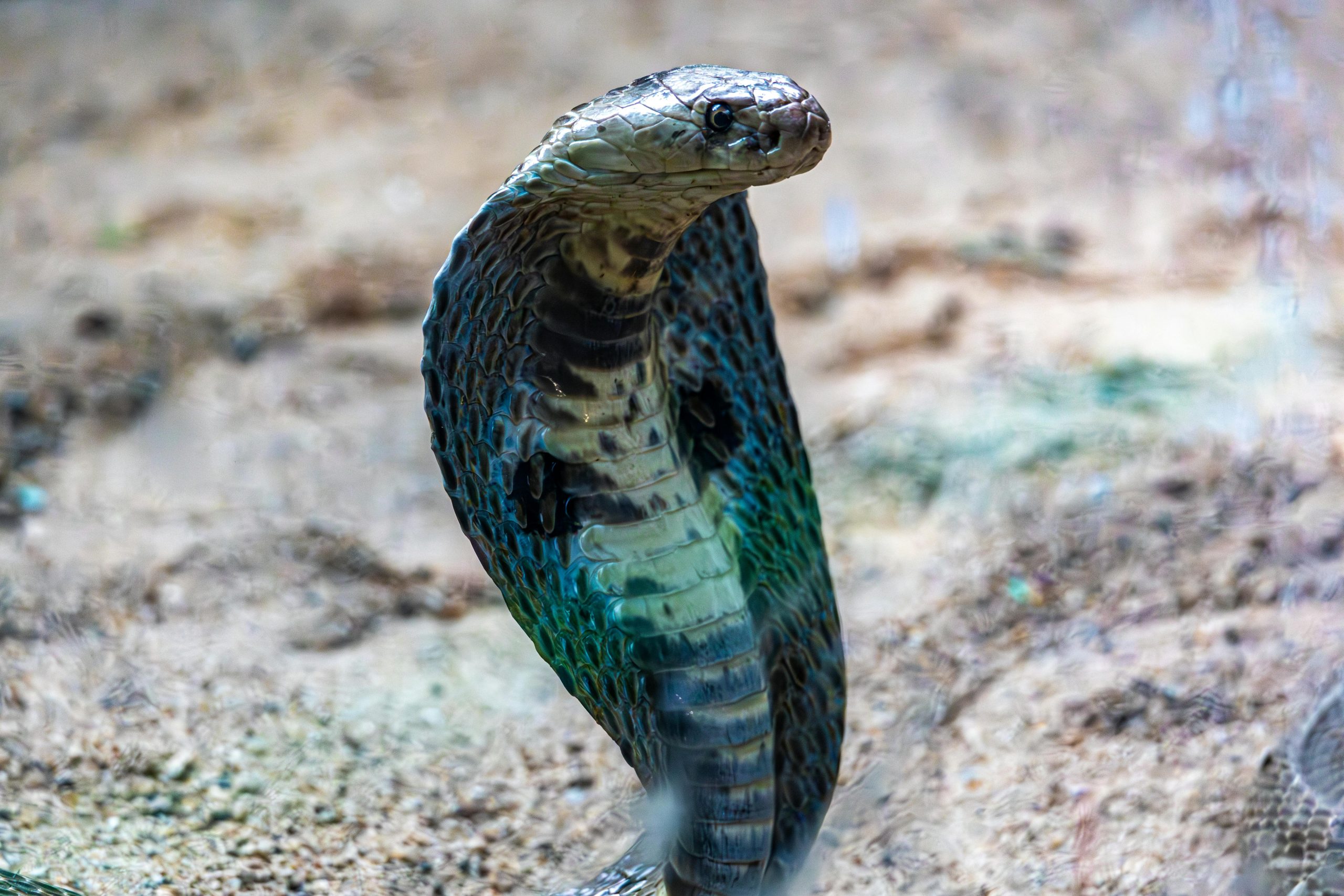
Why Choose (or Avoid) a Monocled Cobra?
The monocled cobra is not a pet in the traditional sense—it is a high-stakes commitment reserved for venomous keepers, researchers, and professionals. Unlike the traditional gecko or bearded dragon, which thrives in home terrariums, this snake poses a constant risk of severe injury or death if mishandled.
Who Should Consider a Monocled Cobra?
- Venomous reptile specialists with years of experience.
- Zookeepers or researchers working with elapids.
- Those with legal permits and access to antivenom.
For everyone else, safer alternatives—like false water cobras or indigo snakes—offer similar aesthetics without the lethal risk.
Handling and Temperament
A Snake That Demands Respect
Monocled cobras are fast, intelligent, and defensive. Unlike some vipers that rely on camouflage, cobras actively hood up, hiss, and strike when threatened. Their venom is a potent neurotoxin and cytotoxin, capable of causing paralysis, tissue necrosis, and death within hours without treatment.
Key Behavioral Traits
- Defensive Posturing: Hoods up when agitated; can strike from a distance.
- Feeding Response: Highly food-motivated; may mistake hands for prey.
- Tail Sensitivity: Some individuals thrash or “play dead” when stressed.
Handling? Only with Tools
Free-handling is strongly discouraged. Even professionals use:
- Snake hooks (for support and redirection).
- Tongs (for feeding and cage maintenance).
- Barrier methods (clear dividers during enclosure cleaning).
One mistake can be fatal.
Care and Maintenance
Enclosure Setup
- Size: Minimum 4’x2’x2′ for adults (they need climbing space).
- Security: Locking, escape-proof enclosures are mandatory.
- Substrate: Cypress mulch or paper towels (easy to clean, holds humidity).
- Hiding Spots: Multiple sturdy hides to reduce stress.
- Climbing Branches: They are semi-arboreal and appreciate vertical space.
Humidity and Temperature
- Temperature: 75–85°F (24–29°C) with a 90°F (32°C) basking spot.
- Humidity: 60–80% (mist daily, but avoid stagnant air).
Feeding
- Diet: Primarily rats, chicks, or snakes (some individuals refuse rodents).
- Frequency: Every 7–10 days for adults, more often for juveniles.
- Caution: Never hand-feed—use long tongs to avoid strikes.
Lighting
- No UVB required, but a natural day/night cycle helps regulate behavior.
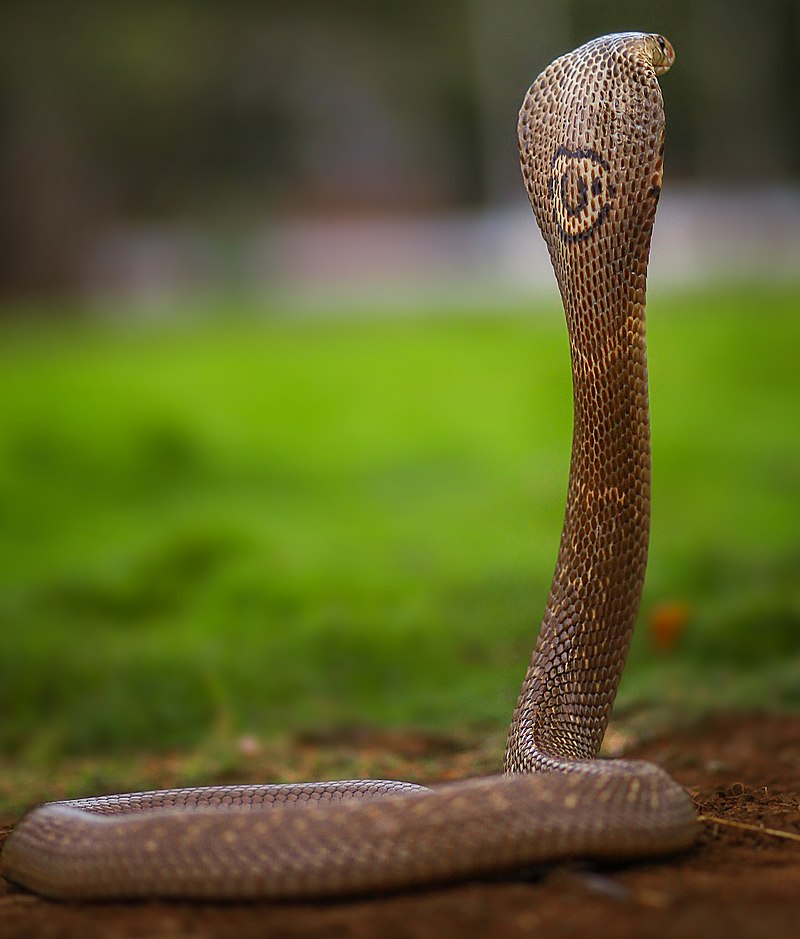
Health and Durability
Common Health Issues
- Respiratory Infections: Caused by incorrect humidity or poor ventilation.
- Parasites: Wild-caught specimens often need deworming.
- Stress-Related Behaviors: Refusal to eat, excessive hiding, or erratic movements.
Preventative Care
- Quarantine new arrivals for at least 30 days.
- Regular vet checks (find a reptile-savvy veterinarian).
- Clean enclosures weekly to prevent bacterial growth.
Venom Considerations
- Antivenom availability is critical. Not all hospitals stock it.
- Bite protocol: Immediate immobilization, hospital transport, and NO tourniquets.
Availability and Cost
Where to Buy
- Specialized breeders (preferred for healthy, captive-bred specimens).
- Venomous reptile expos (rare, but occasionally available).
- Never wild-caught (higher parasite risk, ethical concerns).
Pricing
- Normal morphs: $100 to $300.
- Leucistic morphs: $600 to $2,000+.
- Enclosure setup: $500+ (secure locking systems are expensive).
Legal Note: Many regions ban private ownership—always check local laws.
Pros and Cons
Pros
- Mesmerizing beauty with iconic hood display.
- Intelligent and active, making them fascinating to observe.
- Captive-bred availability reduces wild collection.
Cons
- Lethal venom—no room for error.
- Strict legal restrictions in most areas.
- High maintenance (security, antivenom access, specialized vet care).

Final Thoughts
The monocled cobra is not a pet—it’s a responsibility that can kill you. For those with proper training, permits, and emergency plans, it’s one of the most captivating elapids to keep. However, for the vast majority of reptile lovers, safer alternatives (like indigo snakes or false water cobras) provide similar thrills without the life-threatening risks.
If you’re determined to work with venomous snakes, start with a mentorship or safer snakes, not a monocled cobra. The stakes are too high to learn through trial and error.
Stay safe, respect the animal, and never underestimate its power.
Let us know your thoughts on Monocled Cobras in the comments below! Have you ever encountered one in person? What are your thoughts on keeping such a dangerous species in captivity? We’d love to hear from you!
For more expert reptile insights, check out our other in-depth guides! 🐍

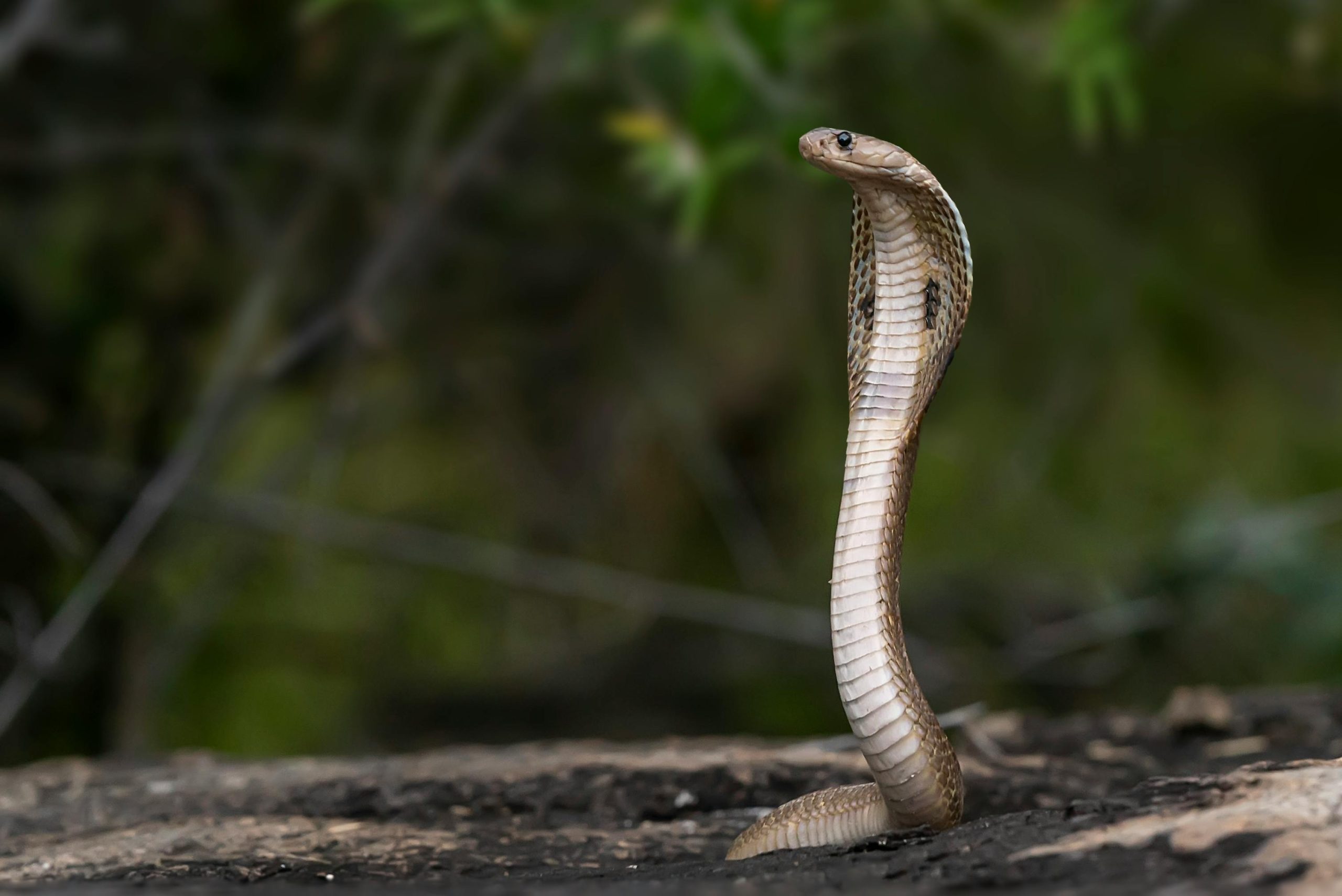


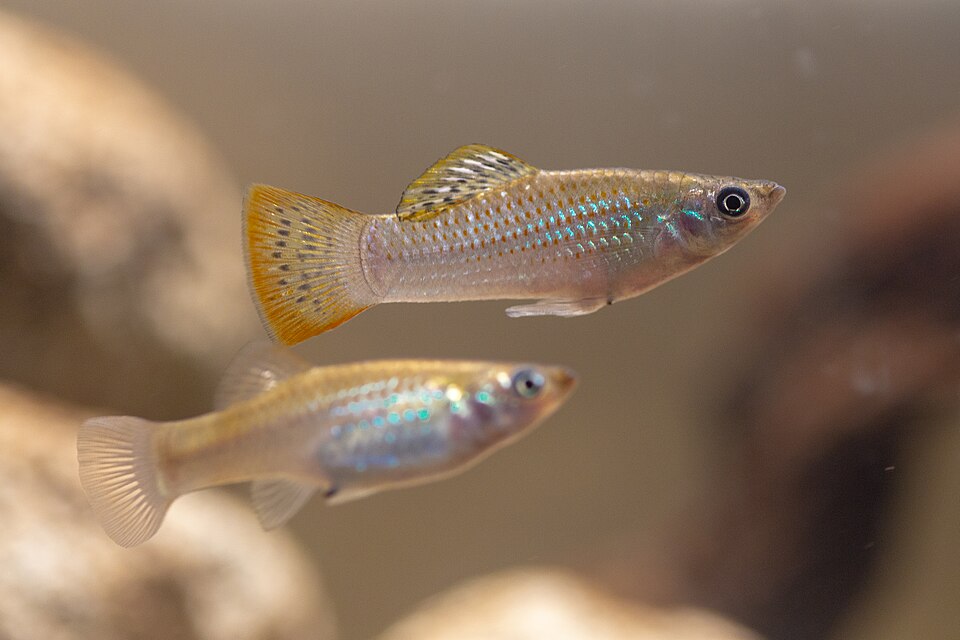
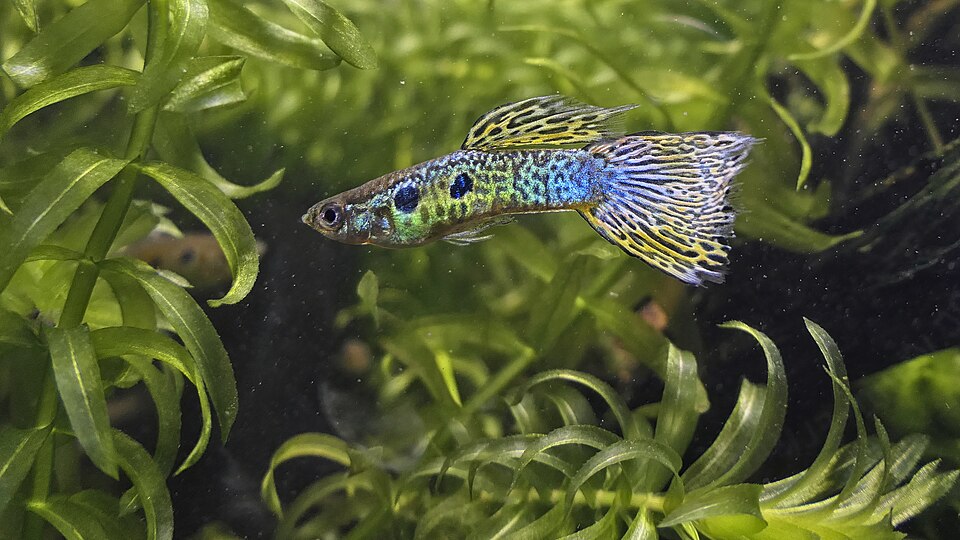
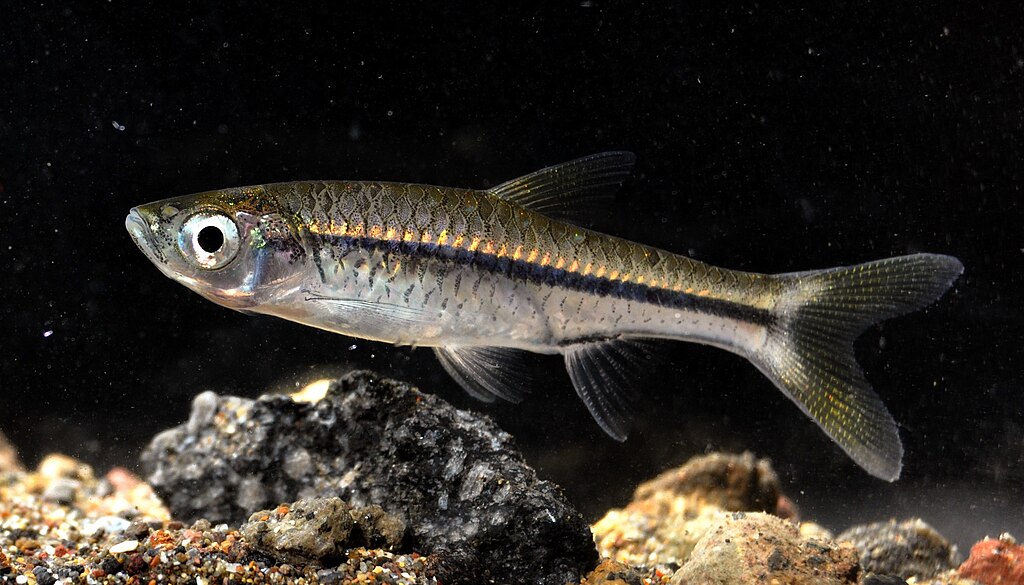
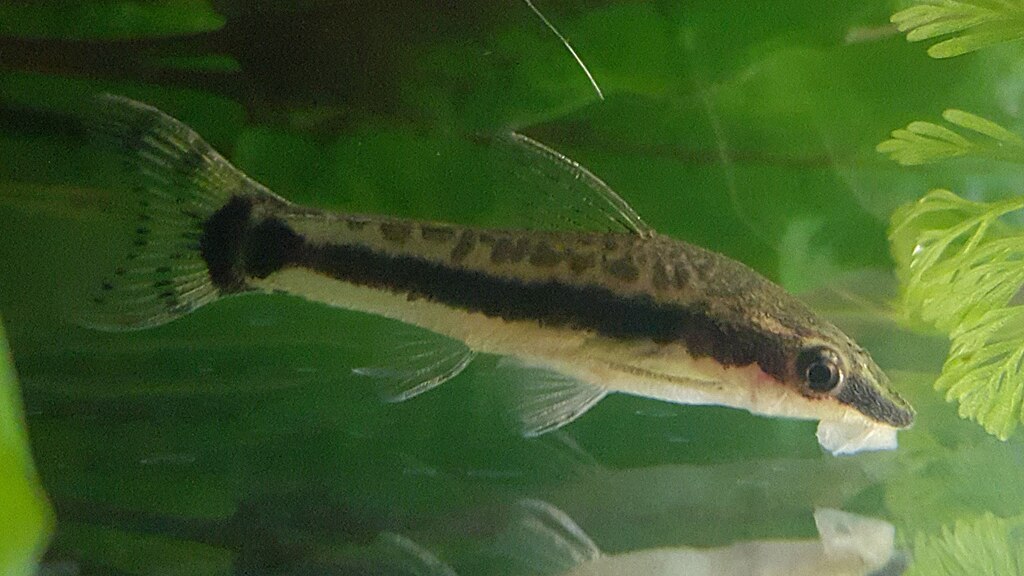
Leave a Reply